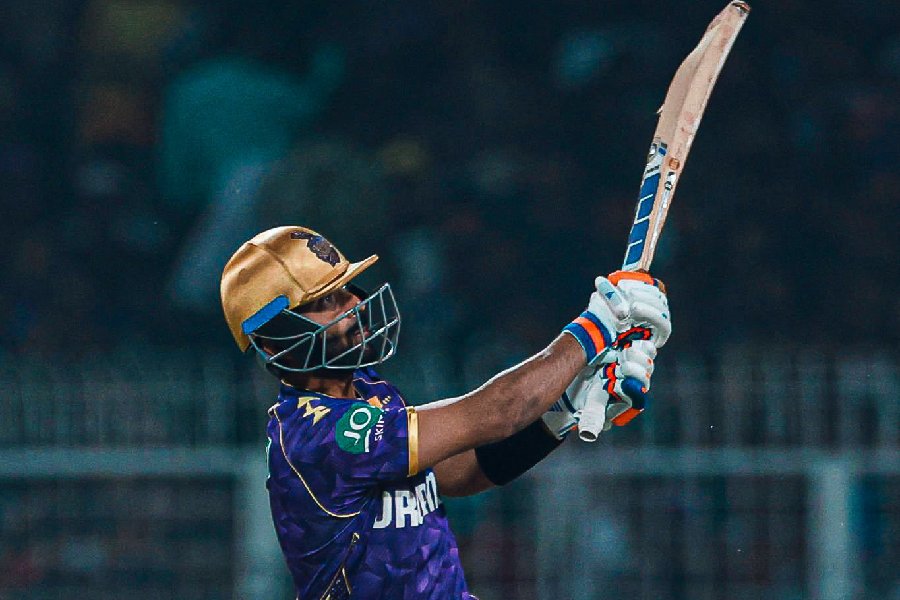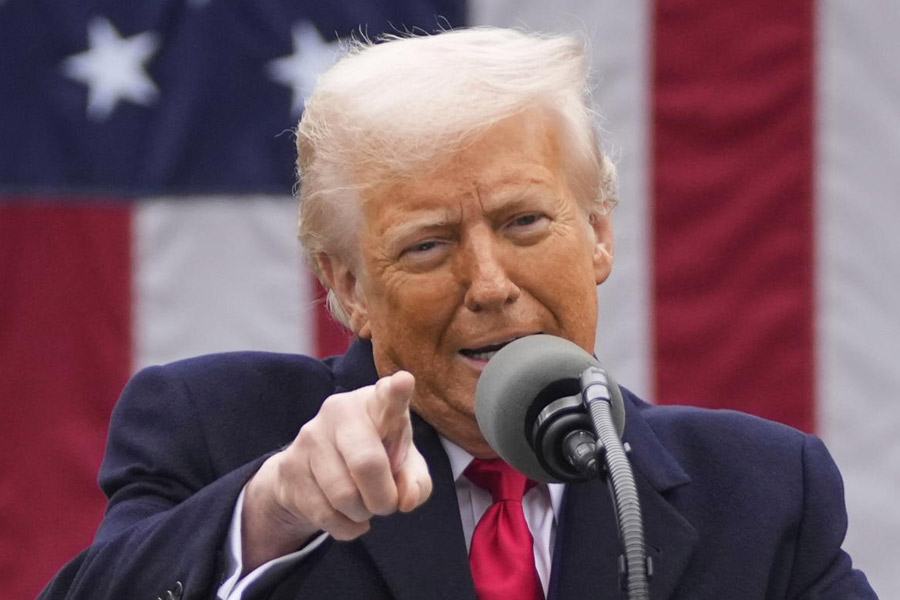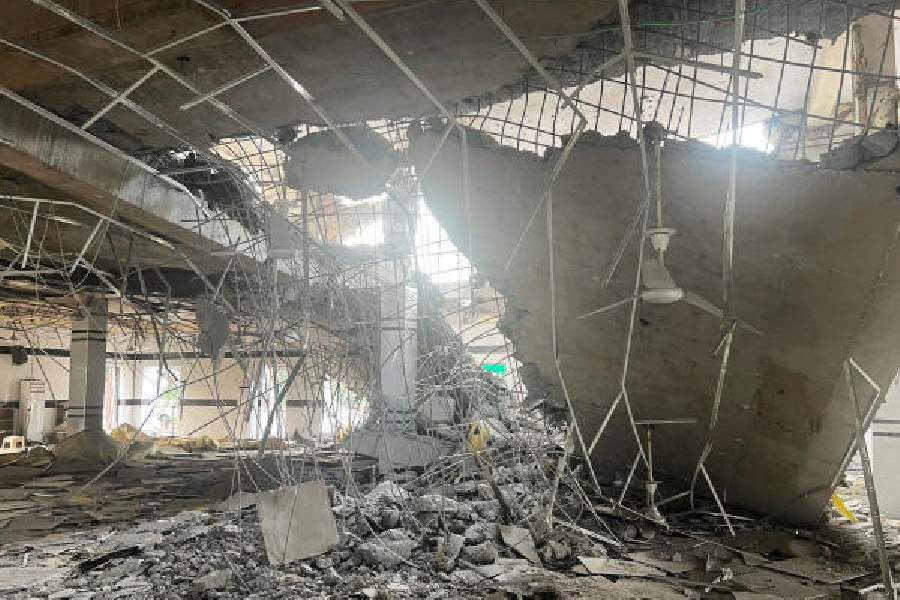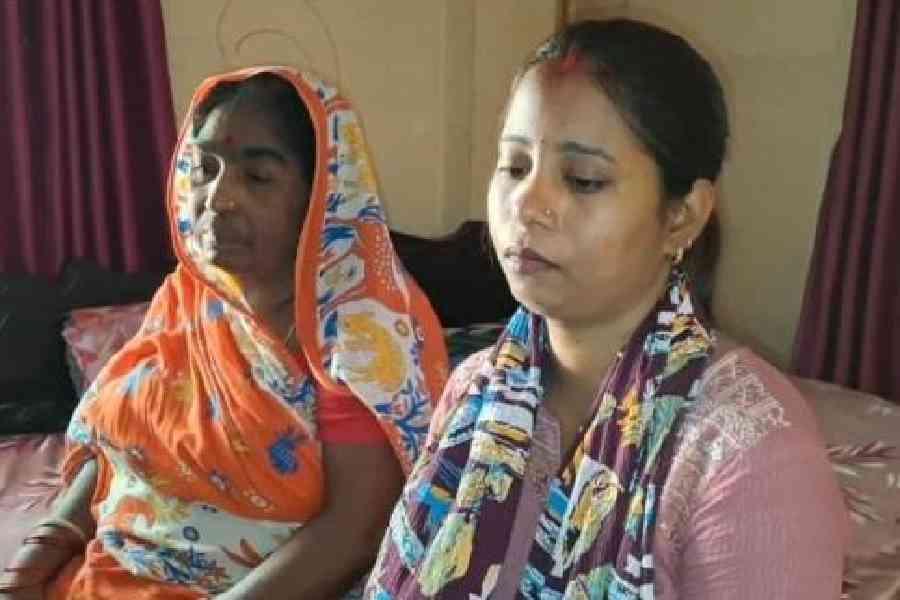 |
| ‘We need to promote a culture of media literacy. One must reiterate here that media nurtures democracy. ’ |
The Indian media has gone global in spite of the resistance to it by the home-grown variety. The Rupert Murdochs of the world are set to become global media barons. The trend is towards concentration of ownership. Fewer and fewer people and corporations own countless newspapers, magazines, radio and television networks, which includes all-time favourite channel, Star. What does this mean for the Indian media? In a vast country like ours, which takes pride in its diversity, that very diversity is shrinking. Fewer voices are heard because there is dearth of space. Almost 60 per cent of space in the print media is taken by advertising. The remaining space is occupied by news of crime and politics. Where is the space for development stories? Development communication has, therefore, had to carve out its own niche by the production of magazines like Charkha. But such magazines have limited appeal and sustaining them is a challenge.
The growing corporatisation of the media also means greater focus on the elite, their issues, their fads and foibles. Amitabh Bachchan’s sixtieth birthday bash occupied more column space in all the leading newspapers of the country. At around the same time, the starvation deaths in Vidharba went almost unreported. How does this look for a struggling democracy like ours where almost 80 per cent of the population are rural, suffering from a plethora of problems. Foremost among these is the lack of development and near absence of governance for some. This phenomenon implies a largely reduced space for social sector issues.
Addressing issues
If the media does not focus on the social sector, issues will never be addressed or redressed. Yet the media seems unconcerned. How many newspapers even have a full-time correspondents for education, housing or health? Granted that it is not possible to have specialists in the local or regional media which is struggling to keep afloat. But what about newspapers owned by the business barons? What is their social responsibility? Or should they have none because the only business of corporations is to make profits? Where does that leave the struggling millions of India whose voices need to be heard?
What is happening to the media scene today is that individuals like Murdoch, who though unelected and unrepresented, wield enormous power through their newspapers and television channels. They have the power to bend and arm-twist governments and force policies that favour them. In fact, such corporate media giants have the capability to destabilise or even topple democratically-elected governments.
As such monopolies and concentrations grow, the public will have less choice in what they read, see and hear. Look at ourselves today. Are we not addicted to serials like Kusum, Kahani Ghar Ghar Ki and Kyonki Saas Bhi Kabhi Bahu Thi?
In some ways these serials have managed to cut across all differences of cultures. They have become topics of common conversation whether you are talking to somebody from Delhi or Shillong or Kohima. But in many other ways they have imposed a similarity of themes and expectations. If such serials continue to be our staple diet, the younger generation might just forget there is a culture other than the parampara shown in Hindi serials. This could pose a serious identity crisis.
Further, as monopolies and concentration grow, the public will have less choice in what they read, see and hear because the main newspaper, radio or television station in a town are owned by the same person or corporate as they seem to be today.
Freedom of press
At the same time, speaking of free press will be an absurdity. The corporates will ask — what is free in the world today? Nothing comes free. The newspapers must make their profits and those profits do not come from covering starvation deaths or women’s health-related issues or less sensational stories.
Profits come from covering a shootout at Tamarind Court where Jessica Lal had to pay for her life because some impulsive rich brat, who is emotionally unintelligent, fired indiscriminately at the young bartender. Tamarind Court is a happening place in the capital and Delhi’s “yuppie” crowd love to read about themselves. They are the ones who can afford to buy all the newspapers in a day. So why should newspaper barons care about the rural have-nots?
It is important to remind ourselves that most newspapers in India were started by leading families of the country, the elite of the time, if we may call them so, but who were uncompromising in their commitment to the independence movement. Those papers were grounded in a sense of social responsibility.
Corporations, on the other hand, place high levels of profit as a priority. Hence, as public financial interests dominate, public space in media diminishes. This is the age of the online craze. News must be instant. People cannot wait for newspapers to come to their doorsteps. Although the Internet at this point of time does not reflect the levels of monopoly that the rest of the media do, but the emergence of AOL-Time Warner as an it giant will bring the monopolistic culture to the internet also.
Though there is a sense of pessimism for those in the world of development journalism, the point also is that they must use all the space they can. Mediapersons engaged in covering development stories have to turn the new technology to their advantage. They have to intervene in every way they can, everywhere they can, whether that be on print, TV or online journalism. One important intervention is to train journalists and sensitise the media.
Development journalists must mobilise public opinion to compel governments to follow policies that democratise media not to hand them over to fewer and fewer hands. Policies must ensure diversity of ownership and access. Ordinary citizens must be encouraged to compel the existing media to respond to public issues by campaigns and letters to the editor, etc.
We need to promote a culture of media literacy. One must reiterate here that media nurtures democracy. The media is known as the oxygen of democracy. Unless the media practitioners are themselves committed to the ideals of democracy, the oxygen will become polluted.
Mediapersons are a privileged lot because they are able to use the freedom of expression more than others. The task of a journalist is, therefore, not merely to inform the public but to help it form public opinion, which is essential to the survival of democracy.
Need to introspect
In the Northeast, we are fortunate that the regional and local media is not as yet commercially-driven as in the rest of India. There is a lot of media space for development stories but what we suffer from here is a dearth of writers on relevant issues. Stringers and local reporters have to cover too many stories in a day. Hence, they cannot sustain a campaign against any issue for too long.
The online lottery drama is all but forgotten by the press in Meghalaya. Even the Meghalaya House conundrum is now abandoned. This makes the politicians and officers involved in the scams happy because they know that media interest in any issue of corruption is also short-lived.
Can the media short-sell itself this way? It is time for the media to take a long hard look at itself. Journalism is no easy task. It requires a certain amount of activism and commitment. Like all other professions this too lends itself to corruption. A corrupt media is dangerous media because corrupt journalists corrupt the very soul of journalism.
Yet it is tragic that journalists have so little opportunity to introspect on their own profession. The danger also is that journalists tend to think they are always right and do not take too kindly to correction. How can we grow unless we correct ourselves?











